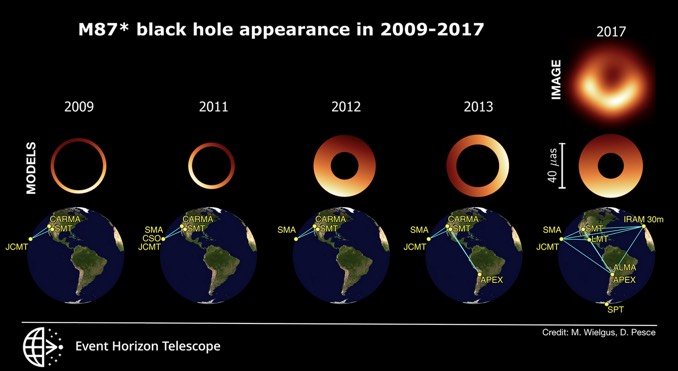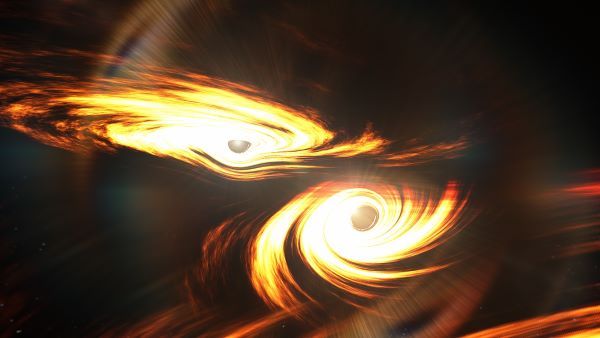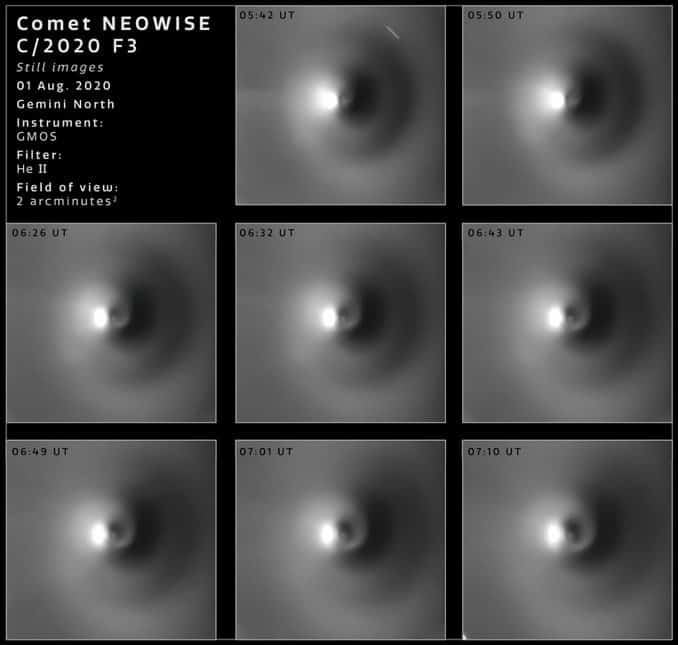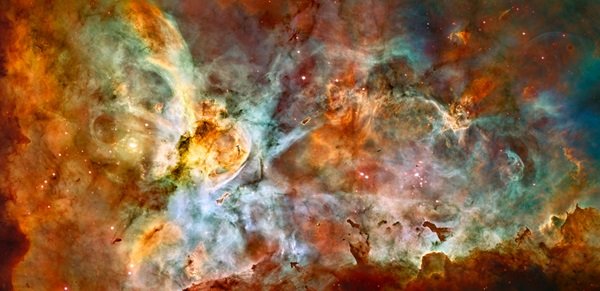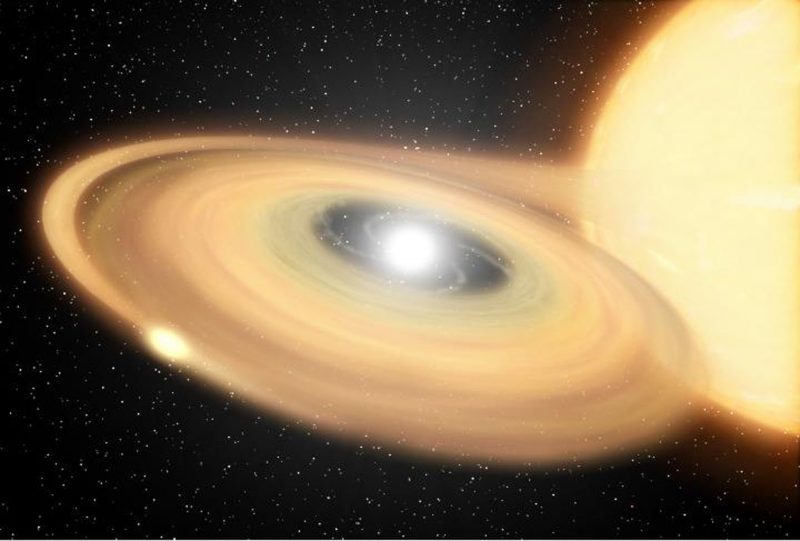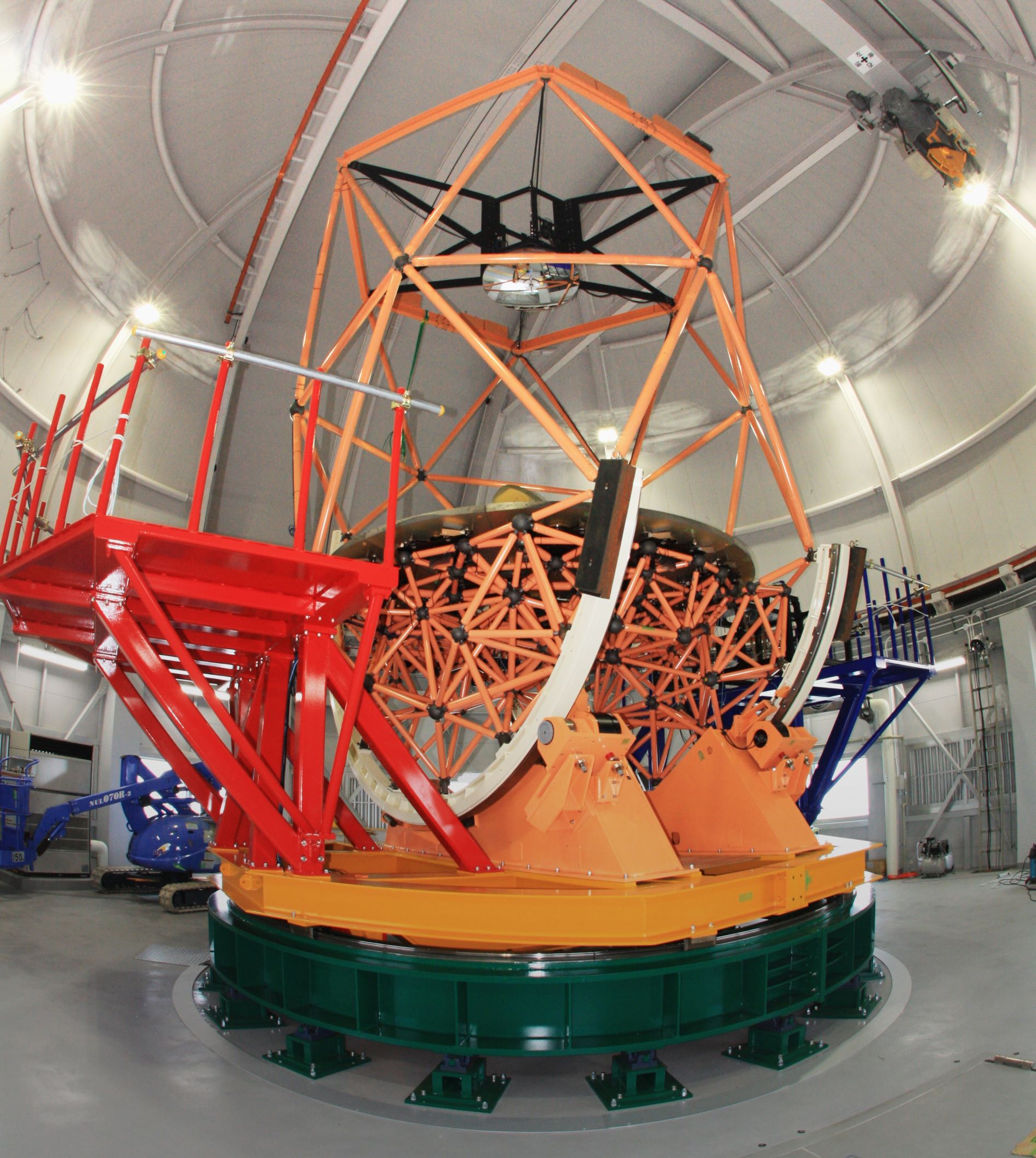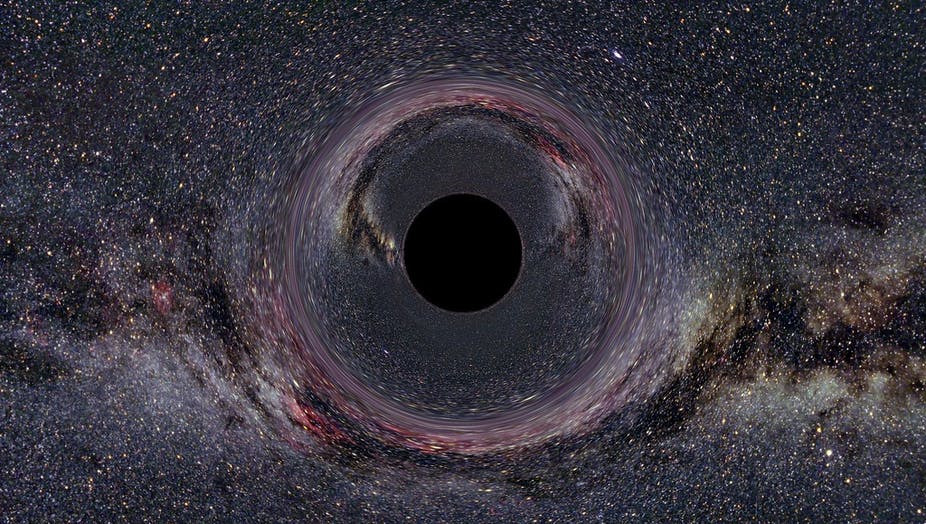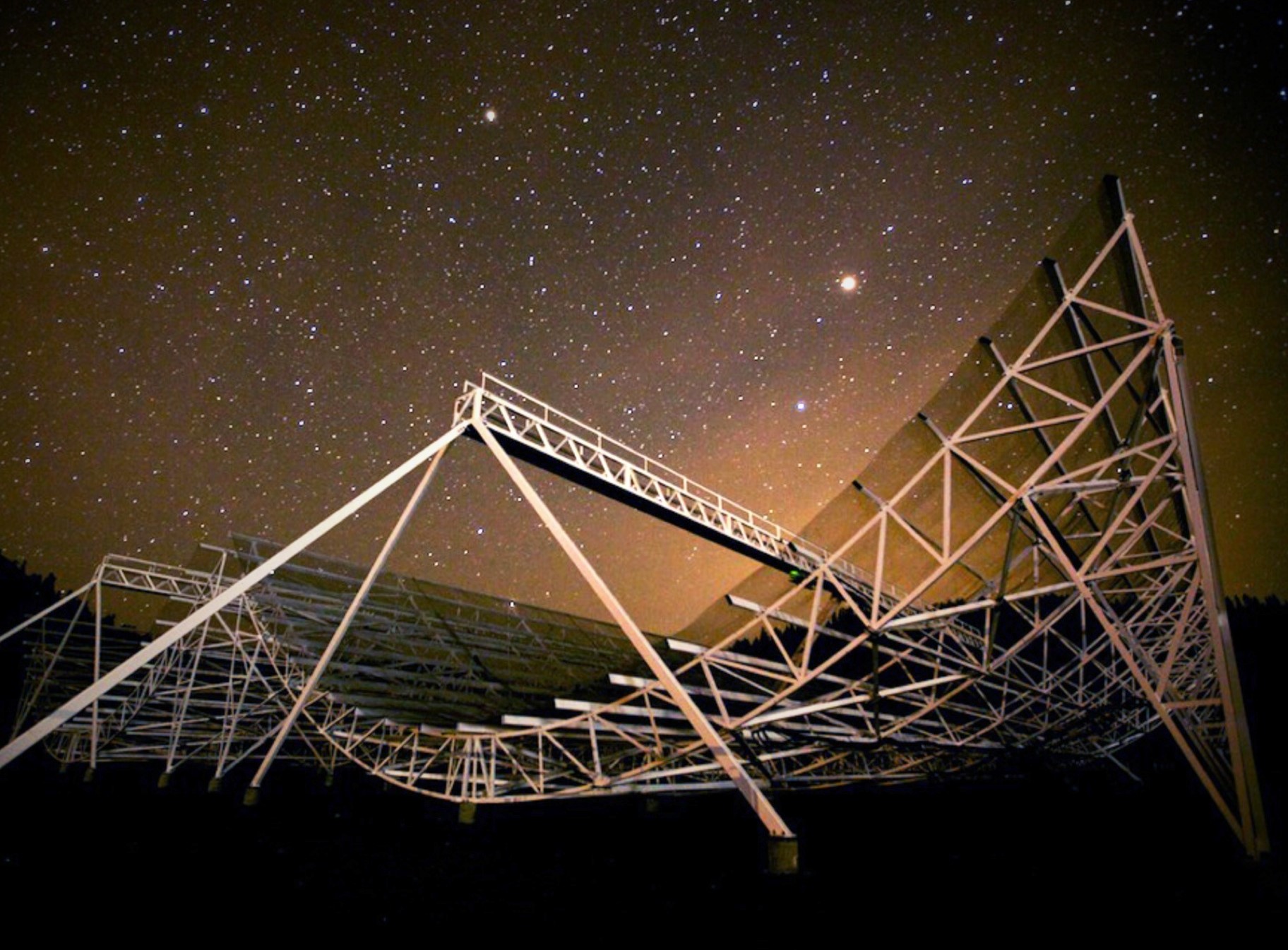Interesting Astronomy & Astrophysics news from the week of 9/20/2020
Next week’s night sky: On Tuesday, September 9, Saturn will appear to stand still. Usually, planets appear to move across the night sky and change places in reference to other stars. However, on this day, Saturn will move with the stars. This will make the planet a lot easier to find! Just look for the bright planet in the southern sky, then remember the pattern the stars make around it. Anytime during the night, you will be able to find that pattern and find Saturn!October 1 is […]
Read more